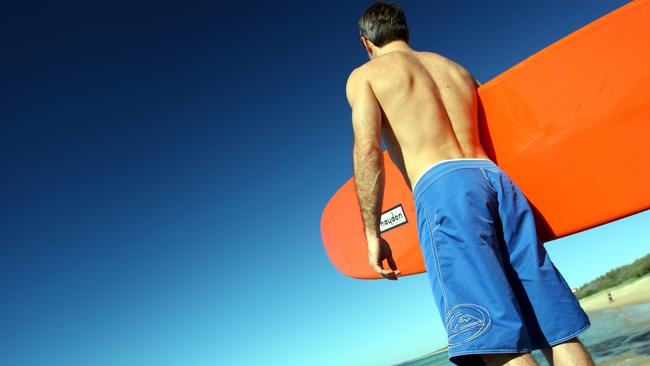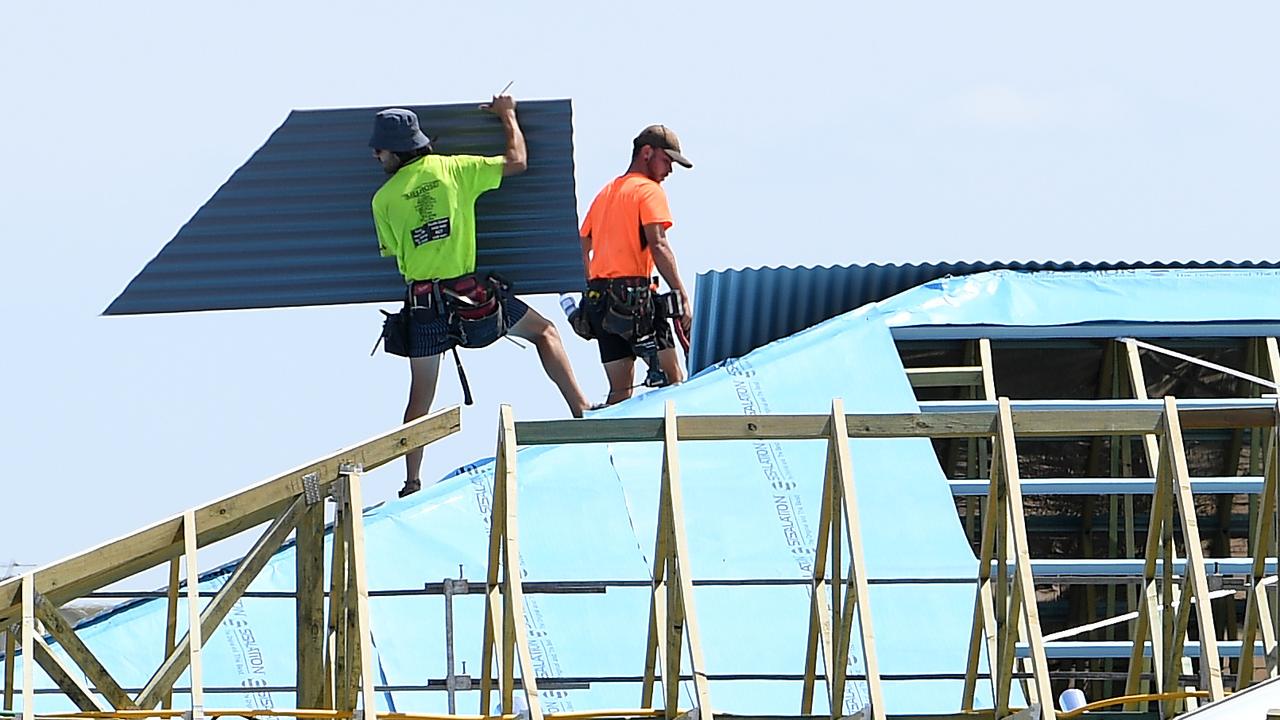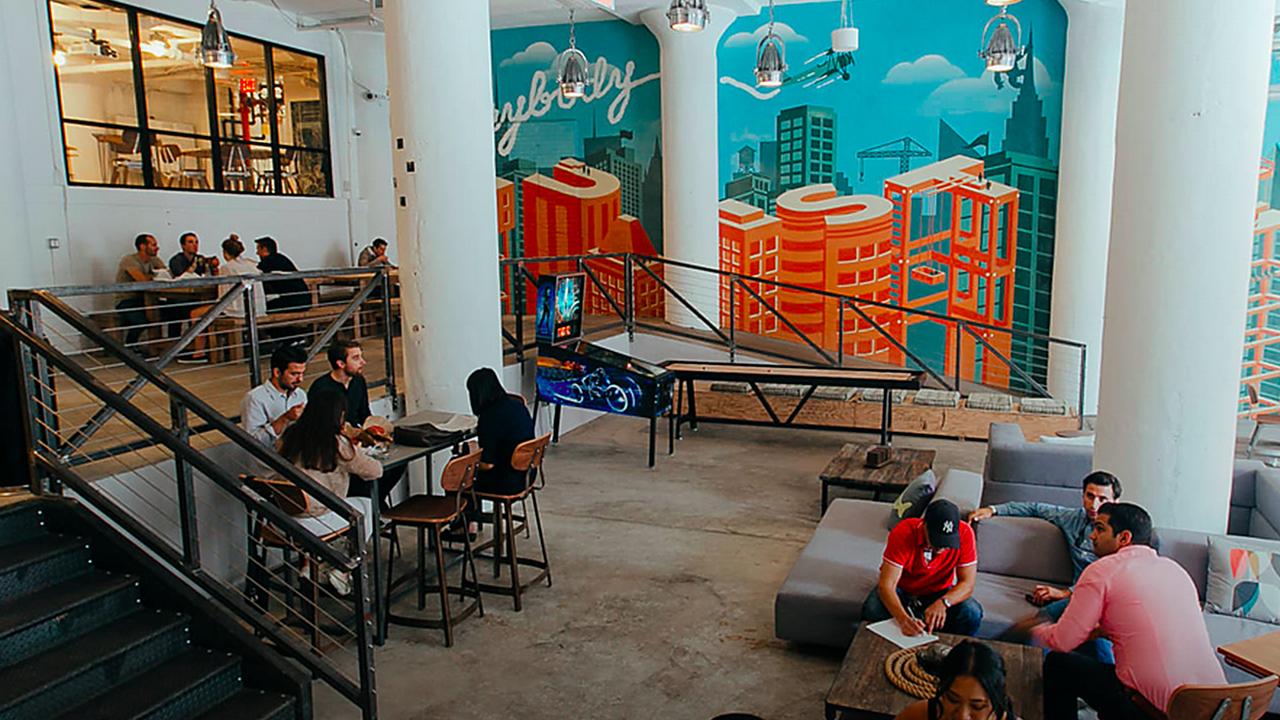Be-your-own-boss boom changes face of economy
Australians want to be their own boss and that includes everyone from hipster millennials to baby-boomers.

My fellow Australians, we live in fast changing times. Not only is the ethnic mix of the nation (the customer base) changing to absorb more Asian, Indian and Arabic influence, but there are also profound changes to the way we earn a living.
Part of this latter shift is caused by the rise of the gig economy (which I addressed last week) but part is also due, I think, to the ageing of the population and to a cultural shift in attitudes to work. Basically, we want to be our own boss and that includes everyone from hipster millennials to ageing baby-boomers.
Australians have relentlessly pursued “lifestyle” for the better part of a century via big-picture movements like the push to suburbia, the embrace of seachange and treechange, and the rise of a sophisticated culture of “apartmentia”. Whenever consumer behaviour shifts, the property industry must respond. Here is this decade’s big cultural shift.
Figures released last week by the Australian Bureau of Statistics confirmed that the sole-trader population increased by 66,000, or 4.8 per cent, over the year to June 2018. Four years earlier, in the year to June 2014, the increase was 10,000.
There has been a sixfold increase in the annual growth of the sole-trader population since the collapse of the mining boom. Australians are scrambling to get from the “employed workforce” to the “self-employed workforce”. But who are these new entrepreneurs, where do they live, and what might be their influence on property demand? Let’s look at the numbers.
I love this dataset as it says so much about the Australian people. The sole-trader growth rate can be used as a proxy to understand business confidence and perceived opportunity. Workers don’t set up as a sole trader unless they have confidence in the future.
In the year to June 2018 the West Australian sole-trader population increased by 2.3 per cent, whereas for Victoria the increase was 6.7 per cent. And at a capital city level these figures ranged from 7.9 per cent for a hot-hot-hot Melbourne to 2.7 per cent for a subdued Perth. The extremities of business confidence in Australia today, by the measure of sole-trader growth, extends from Melbourne to Perth, with other major cities fitting in between. Sole-trader business growth outside the capital cities is currently less than half that of metropolitan growth. Australians currently perceive business opportunity to be better in the city than in the bush.
In non-metropolitan South Australia, for example, the number of sole traders (probably mostly farmers) increased by 12 over the year to June 2018, which is a growth rate of 0.1 per cent. Sole-trader growth in Adelaide in this year was 4 per cent, or 2941 net extra businesses.
And yet at the micro level there are stories of hope and of optimism as people take the plunge into the world of self-employed work. In the South Australian retirement and lifestyle town of Victor Harbor, the number of registered sole traders jumped by 6 per cent (or 36 next extra businesses) over the year to June 2018 (see graphic 2). The jump in Murray Bridge was 12 per cent and in Naracoorte it was 11 per cent.
There are bright spots — places of optimism — amid the apparent stultification of business growth at a state level. In Western Australia outside Perth there was strong sole-trader growth in Busselton (up 8 per cent) and in Augusta (up 7 per cent) over this year.
And in regional Tasmania, sole-trader business numbers jumped 23 per cent in the Kings Meadows part of Launceston.
But, of course, the real action, and business confidence, in the economy over the course of last financial year was in the big east-coast cities. There was more sole-trader business growth in this year in Victoria (24,548, or 6.7 per cent) than in the bigger state of NSW (23,436, or 5.3 per cent), and even at a city level Melbourne’s growth of 22,449 net extra sole-trader businesses outpaced Sydney’s growth of 19,217.
This is surely evidence of an uncommon level of grassroots enterprise and optimism stemming from the southern capital. The biggest chunks of sole-trader growth in Melbourne at this time were in the CBD, up 1018 enterprises, or 7 per cent; in Tarneit, up 600, or 37 per cent; in Truganina, up 507, or 41 per cent, and in Cranbourne East, up 503, or 63 per cent.
In Sydney the equivalent entrepreneurial hot spots were in the CBD, up 1089 sole-trader enterprises, or 4 per cent; Waterloo, up 331, or 16 per cent; Parramatta, up 294, or 10 per cent, and Marsden Park, up 289, or 35 per cent.
In Brisbane a similar pattern is evident. Most growth in the sole-trader population last financial year was in the CBD, up 340, or 4 per cent; in Calamvale, up 199, or 16 per cent; in Newstead, up 165, or 11 per cent, and North Lakes, up 149, or 14 per cent.
And as if to confirm the east-coast stranglehold on business confidence last financial year, the figures for the ACT sit between those for NSW and Victoria. The public-sector city of Canberra is every bit as entrepreneurial as is Sydney and Melbourne with a 6.3 per cent increase in sole-trader activity. Whatever is happening in our two biggest cities is catching on in Canberra, too. In the Canberra suburbs of Civic, Bonner, Belconnen and Kingston, sole-trader growth ranged from 10 per cent to 30 per cent.
And this new-found love of entrepreneurialism isn’t just restricted to our biggest and most sophisticated cities. More than 100 net new sole-trader businesses were established in places like Ulladulla, Maitland, Hope Island and in Upper Coomera (both on the Gold Coast), and in the Noosa hinterland.
In Victoria outside Melbourne, the entrepreneurial hot spots are less intense but are more widely dispersed in places like Torquay, up 76 sole traders, or 7 per cent; Lara, up 63, or 11 per cent, and Wodonga, up 62, or 5 per cent.
I understand there is concern about business confidence in the current calendar year and especially in a property industry affected by bank lending policy, and by foreign investment policy, and by oversupply concerns. But through to June 2018 business confidence was such that record numbers of everyday Australians were taking the plunge into working for themselves. If things are contracting, they’re doing so from a high base. I regard this particular dataset as evidence of the Australian narrative. What could be better than living in a seachange idyll? Being your own boss in a seachange idyll like Victor Harbor, or Torquay, or Busselton, or Ulladulla, or the Gold Coast.
Other drivers of this new big shift are footloose millennials starting their own businesses, ageing baby-boomers looking for a third career, and in-between Xers simply trying something new.
The new entrepreneurialism might also be due in part to the rise of the gig economy where many people seem to have a side-hustle requiring registration of an ABN.
But the movement is too broad, too common, too articulated for there to be a single explanation.
The implication for the property industry is to cater for home office activities and for many of these self-styled businesses to expand and demand office space in the darnedest of places.
If Australians are embracing a new level of entrepreneurship, the 2020s could well be the most creative, productive and eclectic in terms of consumer demand. A new be-your-own-boss narrative is driving the Australian obsession with lifestyle.
Bernard Salt is managing director of The Demographics Group. Research by Paul Kelly.




To join the conversation, please log in. Don't have an account? Register
Join the conversation, you are commenting as Logout